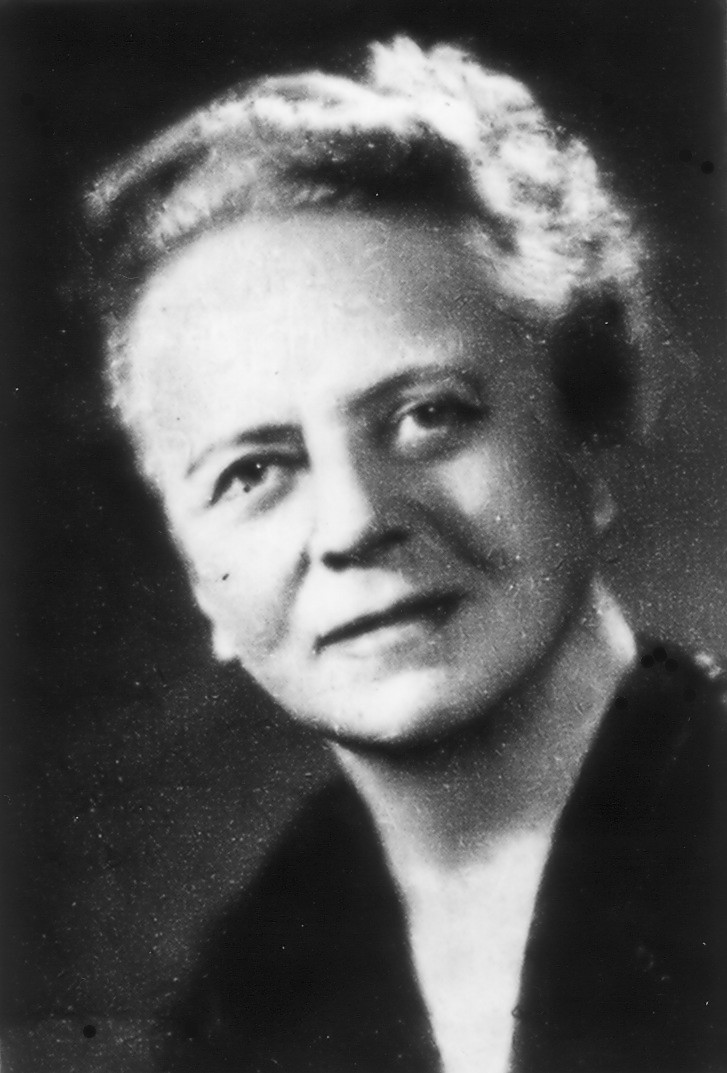“Women in Nuclear History” series #11 – Ida Noddack – co-discoverer of Rhenium and fission visionary
Originally published: https://www.facebook.com/USWomeninNuclear/posts/733860502118558?ref=embed_post
Ida Noddack (1896 – 1978) was a German chemist; together with Walter Noddack, her husband, and Otto Berg she co-discovered element 75, Rhenium; she also proposed the idea of fission before anybody else envisioned it. This is our 11th installment of Women in Nuclear History.

- Ida Noddack née Tacke, was born in Lackhausen in the Northern Rhine region. She loved science, but did not want to be stuck teaching, which was considered a woman’s job. Instead, she decided to study chemistry and then work in the chemical industry. Her father who owned a small varnish factory supported her choice.
- She was one of very few women (3%) to graduate with a degree in chemistry and chemical and metallurgical engineering from the Technical University of Berlin in 1915. Her first job was in the chemistry laboratory of the Berlin’s turbine factory of AEG, a company affiliated with General Electric in the USA.
- In 1924, Ida resigned from her job and instead started working full-time as an unpaid collaborator at the University of Berlin’s Physical Chemistry Department, helping Walter’s research to search for the missing elements of the Periodic Table. In 1926 Walter Noddack and Ida Tacke got married.
- In 1925, she co-published a paper about the discovery of two new elements: Rhenium (75) and Masurium (43). While Rhenium was confirmed, the “Masurium” discovery was not accepted since their equipment sensitivity was too poor to separate it chemically. The name “Rhenium” came from the name of the region she came from (Rhine region). Finally, in 1937, “Masurium” was produced in a nuclear reaction Carlo Perrier and Emilio Segrè and renamed “Technetium.”
- In 1929, Walter and Ida were granted a German patent for the Rhenium coating of lamp filaments, and a British patent for the use of Rhenium as a catalyst for oxidation processes. During 1931 and 1932 they secured three patents in the USA for, respectively: filaments for incandescent lamps and vacuum tubes, Rhenium concentrates, and the use of metallic Rhenium as an electric glower for incandescent lamps.
- With the onset of the great depression, in 1932, a new law forced married women to leave their jobs and to make them available for men. Luckily, Noddack was able to continue her research because she was an “unpaid collaborator.”
- In 1934 Fermi investigated uranium being bombarded with neutrons. He claimed the evidence of new transuranic elements. On the contrary, Ida published a paper “On Element 93” questioning the chemistry of this experiment and suggesting the possibility of fission process way before it was later correctly identified and confirmed by Otto Hahn and Lisa Meitner as nuclear fission.
- Ida Noddack faced many professional obstacles because of her scientific nonconformity and gender, the resentment of physicists against intrusion in their field, and the overall difficulty of research under and after the Nazi regime, still she was able to persist.
- Ida and her husband were nominated three times for the Nobel Prize in Chemistry. The two of them were also awarded the German Chemical Society’s prestigious Liebig Medal in 1931. In 1934, they received the Scheele Medal of the Swedish Chemical Society as well as the German patent for rhenium concentrate.
- In 1968 Ida retired from her scientific work. She died in 1978 in Bad Neuenahr in Germany at the age of 84.
References:
https://ahf.nuclearmuseum.org/ahf/profile/ida-noddack
https://royalsocietypublishing.org/doi/10.1098/rsnr.2014.0009
https://edu.rsc.org/feature/ida-noddack-and-the-missing-elements/2020167.article
https://en.wikipedia.org/wiki/Ida_Noddack